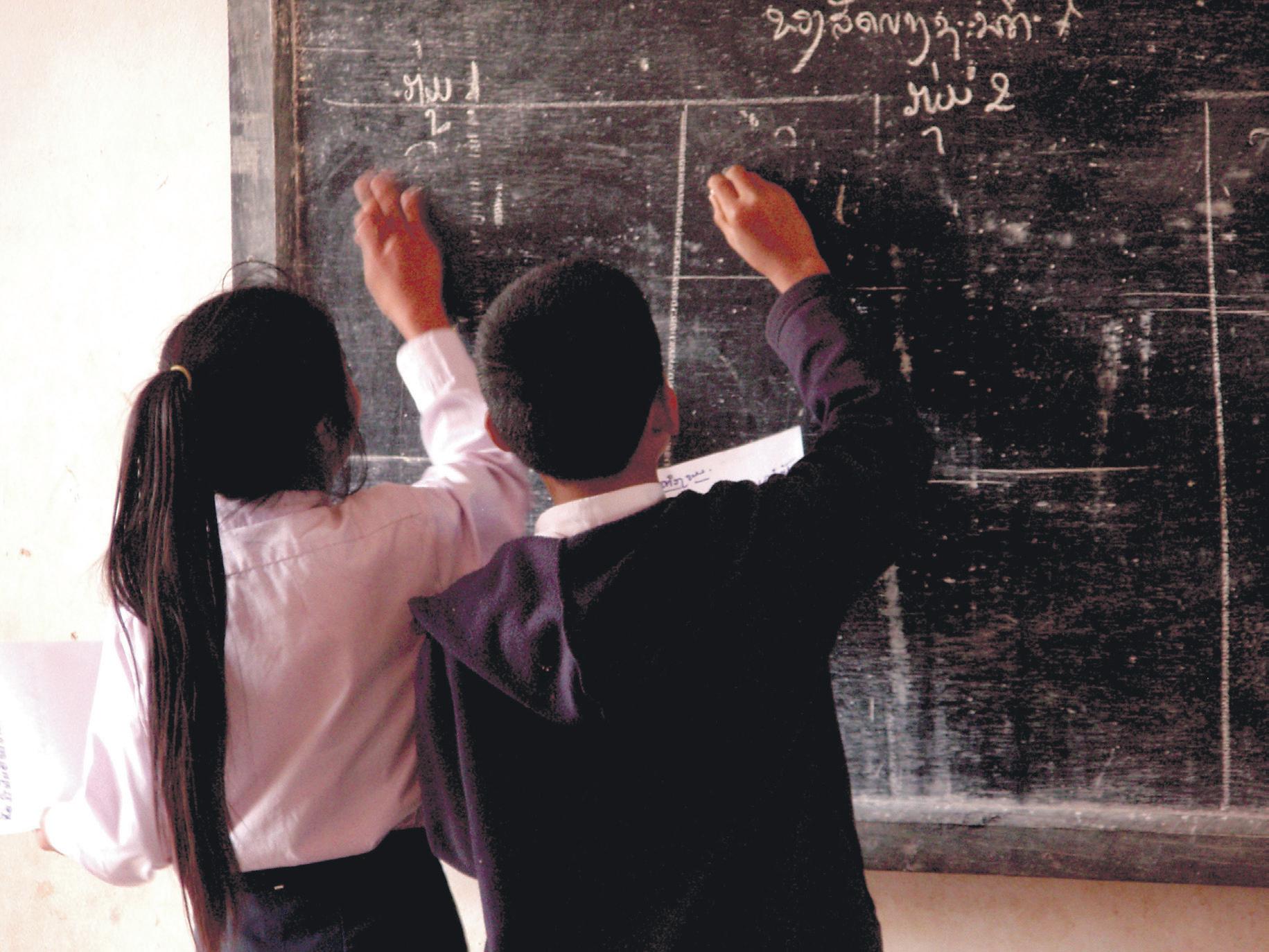
4 minute read
Decisions, decisions, decisions…
from 2012-09 Sydney (1)
by Indian Link
learning difficulties such as ADD, ADHD, dyslexia or GLD that need targetted intervention. A ‘test’ for a school is when parents request access to the policy document relevant to the need. If a school cannot produce such a document, it may indicate that a child would be better placed in a different school. Further, parents can ask questions like, ‘What is the school’s approach to children with particular needs?’
From the answer given it should be clear whether consideration has been given to the needs of the students or not.
Selective or nonselective
By MOHAN DHALL
It is now September and parents are faced with a number of decisions regarding schooling and education. If a child is in pre-school, the decision will be about primary school. If the child is in Year 6, the decision will be about which high school to attend. If the child is in Year 10, the decision may be about whether the present school is the right one for Years 11 and 12.
Systems
There are different types of schools into which a child can be enrolled. The various options are the public schools, the Catholic systemic and non-systemic schools, Independent schools (including GPS, Montessori, Steiner, International and religious schools) and parent-controlled schools. Each of these types of schools has advantages but given this level of diversity, the choice is not simple. Parents need to be aware of what each type of option offers prior to deciding what’s best. Children tend to feel settled when the choice of school is settled, and changes are not made more than once or twice throughout the length of their schooling.
Default or choice
The default position is that of the local public school, where education is generally ‘free’ (a nominal annual levy may be imposed) in most cities and towns, and are very accessible. Whilst the closest one is often the obvious choice, there are good reasons why a parent may opt for an alternative school for their child. If, for example, a child has special needs, another school may offer a special programme based around such needs and thus be more appropriate.
Every child can attend the local public school. Public schools generally have a uniform policy, as do most private schools, though some independent schools do not.
Public or private: Feepaying or non-fee paying
If it can be afforded, private schooling may be an option. About 34% of parents nationally opt for a private school for their child.
Private schools can vary in cost from very expensive (up to $28,000 per year) for GPS schools, to quite cheap (around $400 - $600 per year per child) like many Catholic schools and religious schools, for example. Many private schools have excellent facilities, but parents must weigh up costs against opportunities.
Accountability
A significant attraction of private schools is the perception by parents of greater involvement and greater educational accountability. Whether this is actual or just a perception is a significant question. The
MySchool website offers a lot of insight into features and performance of all schools, subjecting them to greater public accountability than has been the case in the past.
Religious, culture or ideology
A very important aspect to the choice made by parents is in relation to the value they hold over a particular religious, ideological or cultural experience. For some parents this aspect is crucial. A trade-off with such schools can be that some staff may not be trained for mainstream education, whereas others may be. If this is the case, there can be some variation in teaching standards in the school.
Co-education or single sex?
This decision is mainly made for students in Year 4, for Year 5 and onwards. Research tends to show that boys perform academically better in coeducational environments and girls perform better in single sex schools. However, increasing understanding of the ways in which boys learn is addressing the gap in outcomes between boys and girls in single-sex schools.
Giftedness and other special needs
Gifted children or children with abilities that are well above average may do well to be enrolled into a particular school. Parents need to assess whether a particular school can actually address specific issues in respect of a gifted child, or a child with any form of special need. Such needs could include
A significant factor affecting the choices of many parents is whether to help their child attempt entry into a selective school. There are different types of selective schools: academic, creative, performing arts-based, and sporting. Entry into such schools is normally through a combination of assessment and school-based referees. If a child is aiming to get into an academically selective school, some preparation or practice, generally with a tutor or coaching college will be useful.
Changing schools and authority issues

It is common for parents to feel unsettled with the choice of school they initially make. This can arise on account of the school seeming not to meet the individual needs of the child as evidenced through bullying, boredom, isolation, lack of performance and similar issues. Under such circumstances, parents need to be very careful prior to deciding on a move. If the issues can be addressed at the school, the resolution is more likely to be satisfactory to all parties.
Sometimes however, changing schools is the only option to best meet the needs of the student and make a fresh start. However, care may need to be taken if this option is considered, as the child might carry the perception of the first school ‘not being good enough’ as compared to their new one, bringing in a negative attitude. They may expect all schools to be limited and of little use to them. If this is the message that is understood, there can be a lack of respect for authority arising as a consequence.
The transitions
The transition from primary school to high school is a very major one in a child’s life, and it offers an excellent opportunity to make positive choices about which high school would be best. It is at this point when a decision to move between systems (usually, public to private), or between types of schools (coeducational to single sex) is most likely to be made. Parents need to consider the reputation of the school, actual school performance in academic and nonacademic endeavours, the range of subjects offered, the needs of the student, distance from home to school and transportation options, total costs for enrolment and fees for schooling, class sizes, where the child’s peers will be going to high school and so forth.
Children tend to feel settled when the choice of school is settled, and changes are not made more than once or twice throughout the length of their schooling.
Visiting a number of schools is important and asking key questions like, ‘What can I expect from the school for my child?’; ‘How will my child’s specific needs be met by the school?’; and ‘What opportunities does the school offer?’ are important in establishing whether the school is right for your child.









